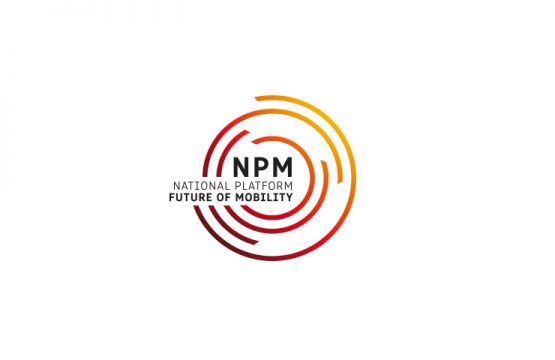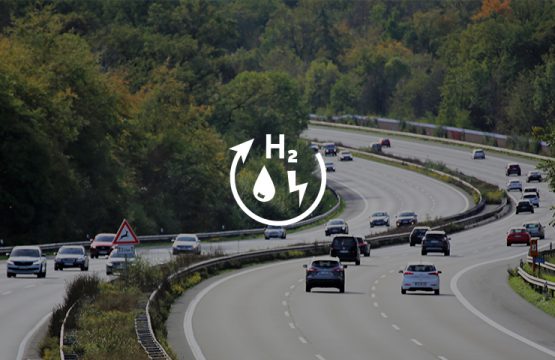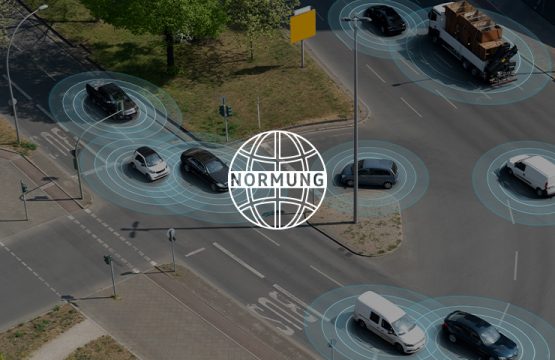Due to the rising number of new registrations of e-vehicles, the need for charging infrastructure will continue to grow in the coming years, especially in the private sector, and the grid integration of electromobility will become increasingly important. In particular, the successful integration of private charging infrastructure represents not only a challenge, but also an opportunity for sector coupling if it can be integrated into the power grid in a way that serves the grid. In its new report, Working Group (WG) 5 Linking Transport and Energy Networks, Sector Coupling clarifies the points on which there is already a cross-sector consensus with regard to grid integration. At the same time, the report shows which legal foundations must be created so that both the reliability and plannability of grid integration of the private charging infrastructure is increased compared to the current status quo and the necessary scope for technological innovations is made possible.
The successful grid integration of electromobility, i.e., the integration of charging facilities into their respective local grids and the organization of the interaction between the grid and the connected charging infrastructure or electric vehicles, is both a challenge and an opportunity for sector coupling.
In the present report, WG 5 has therefore again discussed the topic of grid integration of private charging infrastructure against the background of the dynamic development of electromobility, elaborated cross-sector consensus points of preventive grid-serving control, and developed recommendations for action for the next legislative period. The statement already made in 2019 in the Red Flag Report still applies: “Even if the grid infrastructure does not represent a fundamental bottleneck in the next few years, ensuring technical controllability or flexibilization must be clarified in a timely manner and open to technology, and an acceleration of approval procedures must be ensured. Through controlled charging, electric vehicles can make a significant grid-serving contribution.”
The following current developments should be considered when integrating private charging infrastructure into the grid:
- Prosumer market development, where end users (consumers) are also electricity producers (producers) through, for example, their own photovoltaic system. This will enable new functionalities such as bidirectional charging of cars (vehicle-to-grid).
- The market participants agree that a timely legal basis must be created for the grid integration of the private charging infrastructure, which not only increases reliability and plannability compared to the current status quo, but also provides the necessary scope for technological innovations.
- For the realization of preventive grid-serving control, technical issues in particular, such as smart meter gateways (SMGW) including the control unit, but also legal and financial issues, in particular with regard to §14a of the Energy Industry Act (EnWG), and procedural issues between the market participants are unresolved and must be addressed in the next legislative period.
The report is now available for download at www.plattform-zukunft-mobilitaet.de/berichte/
About NPM – National Platform for the Future of Mobility
The National Platform for the Future of Mobility brings together experts from politics, the private sector, associations, research institutions and NGOs to develop concepts for sustainable, environmentally and climate-friendly, affordable and competitive mobility in Germany. Chaired by Prof. Dr. Henning Kagermann, six working groups develop technology-neutral, cross-modal recommendations for action for policymakers, industry and society.
Contact:
Alexandra Huß
Communications Officer
Office of the Chairman of the National Platform for the Future of Mobility
huss@acatech.de
+49 (0)30 / 206 30 96 86
+49 (0)160 / 714 93 25







